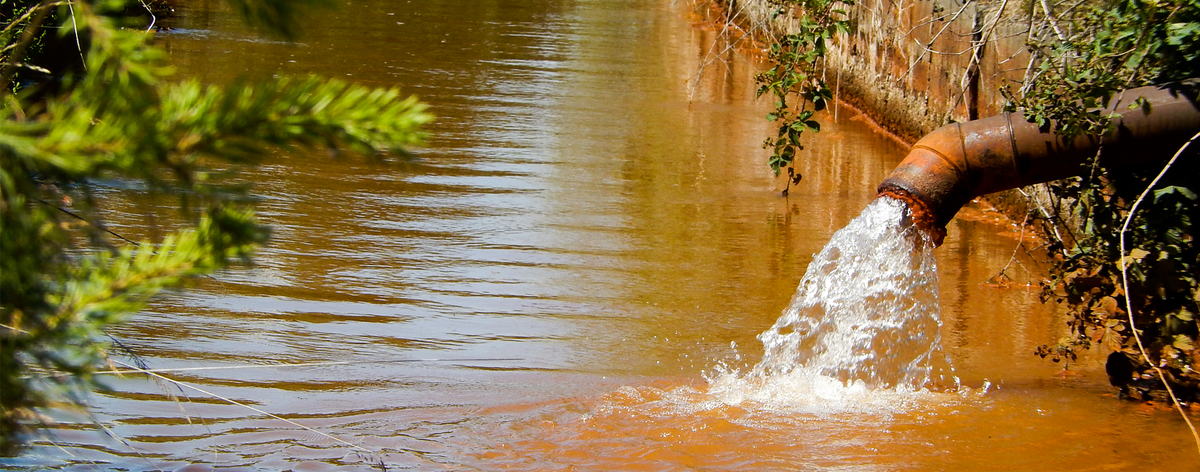
Extracting PeFlo Recyclables from Iron Hydroxide Sludge
The BTU and P.U.S. are developing an innovative plant for the efficient treatment of water containing iron hydroxide
Bodies of water containing too much iron hydroxide can develop an ochred brown hue. This visual effect is having a negative impact on tourism in the Spreewald. Iron hydroxide also threatens drinking water extraction plants by clogging their pipelines, pumps and wells. However, iron hydroxide also has properties that can be used for other processes. Researchers from the BTU Cottbus-Senftenberg and P.U.S. Produktions- und Umweltservice GmbH are collaborating on “PeFlo”, a project funded by the Federal Ministry of Education and Research (BMBF) as part of the “KMU-innovativ” initiative. Their aim is to optimise the drainage of iron hydroxide sludge (IHS) and improve recycling. They’ve been given over 200,000 EUR in funding.
Significant amounts of acidic water containing iron compounds is generated in the lignite mining district of Lusatia, as groundwater levels need to be lowered during mining. This water has to be neutralised and ridden of its iron content in purification plants before it can be released into the receiving waters. The neutralisation process leads to the production of sludge containing iron hydroxide. Many approaches are currently being explored to recycle this sludge. P.U.S. exploits the outstanding adsorption properties of iron hydroxides, offering them as a product used to purify water and gas, e.g. to filter arsenic from contaminated groundwater and industrial water.
As part of the PeFlo project, P.U.S. Produktions- und Umweltservice GmbH and the Chair of Processing Technology at the BTU are working together to make technological improvements for the recycling of iron hydroxide. »Our aim is to intensify the treatment of pit water containing iron hydroxides. We want to produce a transportable bulk material that can be used to adsorb molecules in facilities like drinking water plants and remove hydrogen sulphide in biogas plants«, explains Florian Logsch from the Chair of Processing Technology. Two consecutive steps will initially be carried out to improve the drainability of flocculated iron hydroxide. This drainage operation will be followed by the production of dried pellets.
The cooperative PeFlo project is being funded through the “KMU-innovativ” initiative, which is coordinated by the Federal Ministry of Education and Research (BMBF). Since 2017, the “KMU-innovativ” initiative has enabled top-level SME research by providing over 1,064 million euros in funding.
